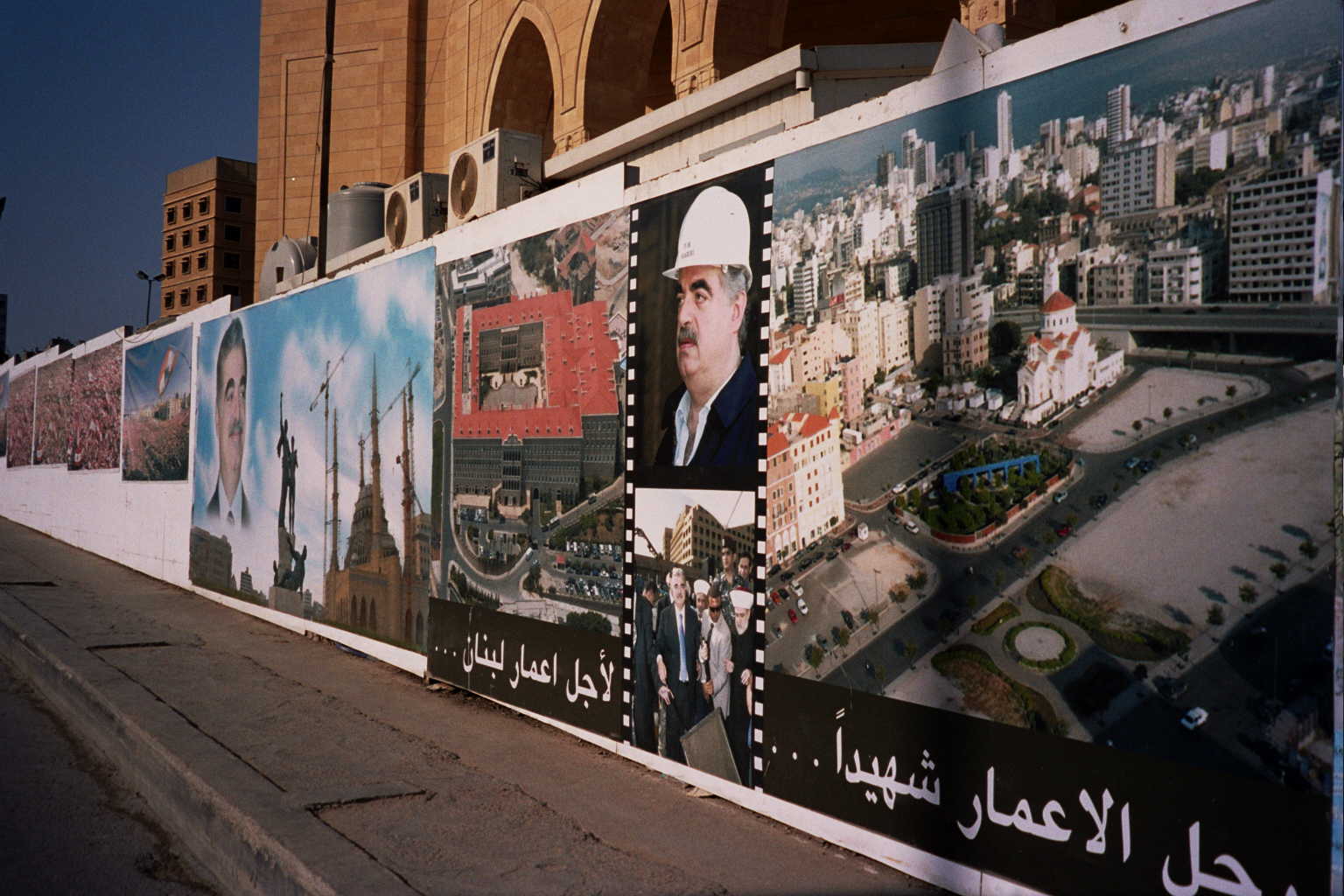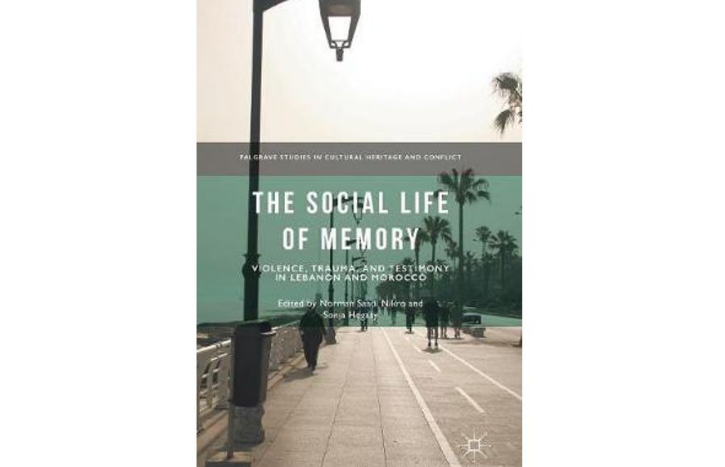Nikro, Norman Saadi; Hegasy, Sonja (Eds.). Palgrave, 2017
By Tsjalling Wierdsma, Master Student on Heritage and Memory Studies, University of Amsterdam. Fellow at EUROM (2018).
The Social Life of Memory: Violence, Trauma, and Testimony in Lebanon and Morocco, edited by Norman Saadi Nikro and Sonja Hegasy, is part of the larger Palgrave Studies in Cultural Heritage and Conflict Series, which focuses on themes such as heritage and memory of war and conflict, contested heritage, and competing memories. Contributors to the book include Joey Ayoub, Pamela Chrabieh, Brahim El Guabli, Ali Hamdan, Norah Karrouche, and Laura Menin. While the book focuses on the specific contexts of Lebanon and Morocco, in this short review I would like to reflect on some broader memory and heritage issues addressed in the book, while still keeping the particular contexts to which they refer and in which they were addressed in mind.
One of the main thematic parameters of the book concerns the interaction between, and “transformation of private memories into publicly shared memories, according to efforts claiming public acknowledgment and public redress” (2-3). Memory, in the process of this exchange, according to the authors of the book, “is acted on as a transformational site, a milieu, whereby social and political engagement takes place, situating memory as a public event” (3).
The book points to an interaction and tension between Nora’s famous concept of memory as lieu, as a memorial or other form of formal commemoration, and memory as the milieu. By addressing memory as milieu the book enables a focus on overlooked processes of memory that otherwise might not be classified as such. An example of this is given in Laura Menin’s chapter, in which she focuses on the process of waiting experienced by the families of victims of political violence that disappeared during the Years of Lead. Instead of viewing waiting as a purely passive process, she instead views it as a “multifaceted temporality that entails both passivity and proactive engagement” (27). Menin describes how waiting in this context is perceived as an additional state-imposed source of pain, trauma, and loss of agency, but simultaneously brings with it novel political subjectivities and specific modes of activism where personal memories of violence are re-socialized, made public, and act towards specific political and transformative goals (27).

Pamela Chrabieh’s chapter, focusing on the war stories of university students in Lebanon belonging to the 1990’s generation, adds a generational component to these cultures of memory, and problematizes Hirsch’s notion of post-memory, stating that “many memories that were transmitted not only constitute the memories or are part of the ressouvenir processes of the new generations in their own right, but also intermingle with other memories to the point of not having clear boundaries” (189).
Chrabieh employs Rothberg’s concept of multidirectional memory, to enable a generational conception of a malleable discursive space in which groups, their memories, and their positions come into being through dialogical interaction. Similarly, Norah Karrouche’s chapter, detailing how local memories of war and violence in the Northern Riff region of Morocco have shaped the agencies and identities of several generations of Berber activists in both Morocco and its diaspora, shows how newer generations of activists can attempt to inscribe themselves into and simultaneously construct larger mythological and symbolic histories of activism. Like Charbieh, Karrouche shows how multiple episodes of violence interact. Karrouche further discusses how these histories of activism can act as mythomoteurs, grand narratives about the specificity of a place in history and (trans)-national narratives (232-233). In combination, the two chapters however also highlight the large contextual differences in the generational transmission of memories.
The interaction and the contradictions between the different chapters is one of the book’s largest strengths. Instead of taking away from the individual arguments, these contradictions work to show the many nuances and contradictions attached to institutions, spaces, and milieus of memory, when approached from different levels of analysis and with different focus points.
